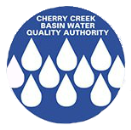Phytoplankton
Highlights:
The phytoplankton populations (algae) in Cherry Creek Reservoir represent the “primary productivity” and are responsible for chl α production.Density and biovolume were low in the early spring and summer but there was a major diatom and cyanobacteria bloom in late July.
The elevated phytoplankton biovolume coincided with the detection of cyanotoxin which led to a temporary recreational closure.
Phytoplankton are photosynthetic organisms that are the primary producers in aquatic systems. They form the base of aquatic food chains and are grazed upon by zooplankton and herbivorous fish. A healthy lake should support a diverse assemblage of phytoplankton, in which many algal groups are represented.
Phytoplankton and zooplankton data continued to exhibit characteristics of an over-productive and nutrient-rich Reservoir, as indicated by WY 2023 planktonic communities. The most abundant phytoplankton taxa present in Cherry Creek are Cyanophyta, commonly referred to as “blue-green algae” (or cyanobacteria, depicted in red), which are of concern, but also many Chlorophyta (“green algae”, depicted in green), and Bacillariophyta (diatoms, shown in blue) are present which are both considered to be good or beneficial algae.
Cyanophytes may be responsible for the majority of algal blooms that occur in freshwater ecosystems based on competitive advantage over other groups of phytoplankton.
Although cyanobacteria (blue-green algae) represented the highest populations during WY2024, they normally represent a small percentage of the total biovolume, except during bloom conditions. Although there was not a monitoring event that aligned with the exact timing, the Reservoir was closed to contact by Colorado Parks and Wildlife (CPW) during the bloom in late July due to cyanotoxin detection above the recreational threshold.
Cyanobacteria represented a high percentage of the total algae on most all dates but only 64% which was less than recent years. Diatoms represented the highest biovolume on most dates reaching almost 95% of the total in July which is the highest biovolume observed since a severe cyanobacteria bloom in 2014.
Useful Links

WY 2024 Relative Phytoplankton Concentration (A) and Biovolume (B)
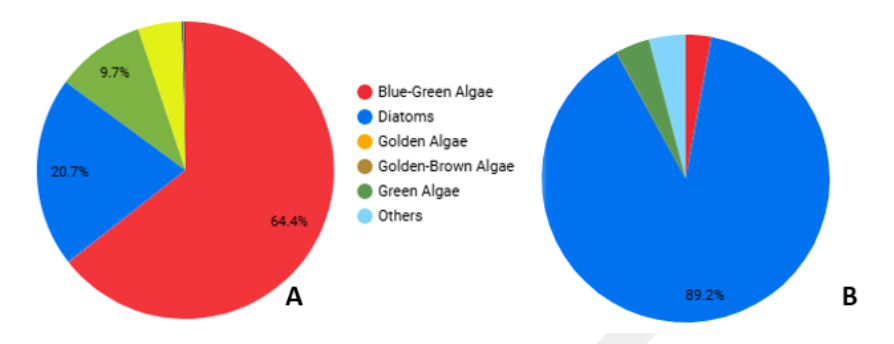
WY 2024 Phytoplankton Biovolume. (Lake July - Major diatom and toxic cyanobacteria bloom)
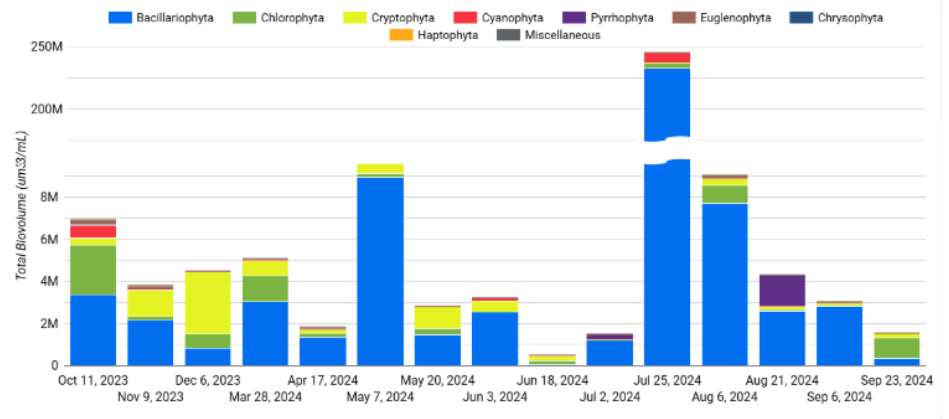
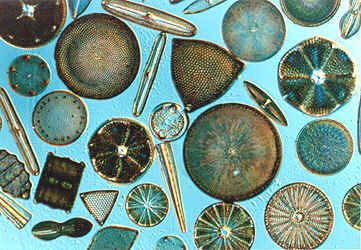
- These are typically the first algae to bloom in early spring. When nutrients and light conditions in upper mixed layer are right, their competitive edge and rapid growth rate allows them to dominate phytoplankton.
- These are important contributors to the food chain and are a food resource for zooplankton.
- Freshwater diatoms commonly observed in reservoirs are indicators of eutrophic (over-enriched) conditions. Their degradation contributes to increased oxygen demand and phosphorus recycling.
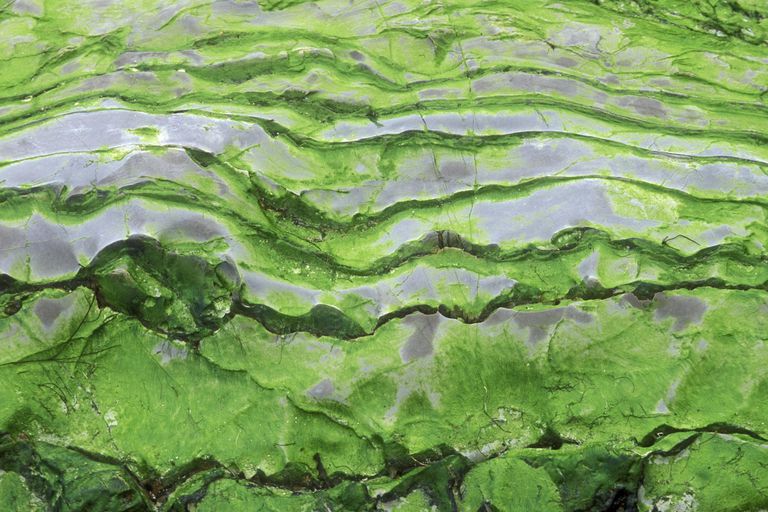
- These appear during periods of high nutrient concentrations and indicate both nitrogen and phosphorus are in excess supply.
- Colonial and single-celled greens are a good food source for zooplankton.
- Filamentous and large colonial greens do not add to food web and create water quality problems.
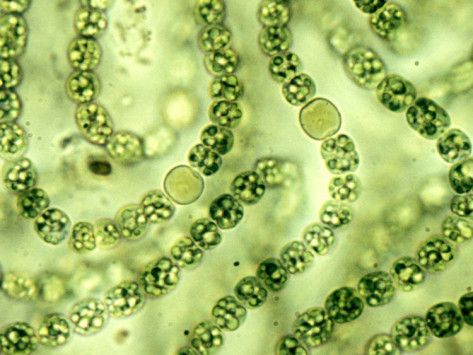
- Appear during periods of over-abundant enrichment and with very high nutrient levels, especially phosphorus.
- Do not contribute greatly to the food web; generally not considered beneficial organisms in a lake.
- Create water quality problems; e.g., oxygen depletion when excessive growth produces blooms.
- Some species may produce cyanotoxins under certain conditions.
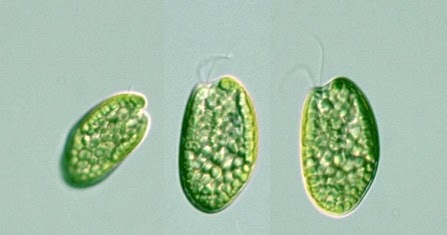
- Cryptophytes can live through the winter under ice-cover and with little solar radiation for photosynthesis.
- Serve as important food for zooplankton, which are food for fish and other organisms in food web.
